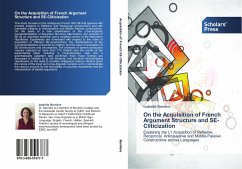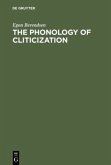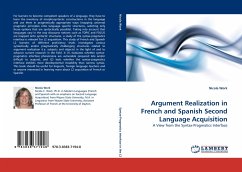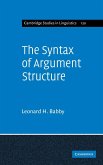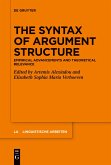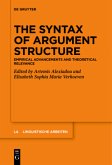This study focuses on the ambiguous French clitic SE that appears with animate subjects in Reflexive and Reciprocal constructions and with inanimate subjects in Anticausative and Middle Passive constructions. On the basis of a new classification of the cross-linguistic overgeneralization of Argument Structure Alternations, the analysis of SE as an argument absorber and a modified version of the Maturation Hypothesis, hypotheses are formulated with respect to the order of acquisition of different SE-constructions, the manifestations of the overgeneralizations produced by children and the order of acquisition of SE-constructions and be-passives. The analyses of speech production corpora collected on more than 170 children and the results of two experimental tasks including a comprehension task and a grammaticality judgment task confirmed them. These findings are discussed in relation to a) the Semantic and Syntactic Bootstrapping Hypotheses, b) the need to consider ambiguous valency markers given the nature of the input and cross-linguistic variation and c) demonstrate the need to account for the learnability of syncretic morphemes and the interpretation of implied arguments.
Bitte wählen Sie Ihr Anliegen aus.
Rechnungen
Retourenschein anfordern
Bestellstatus
Storno

